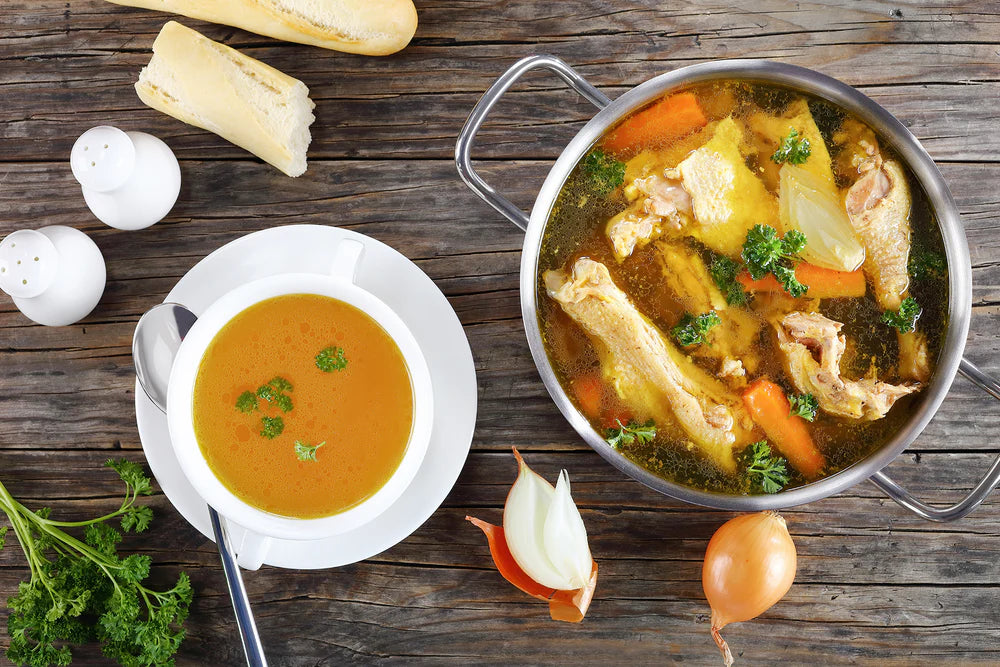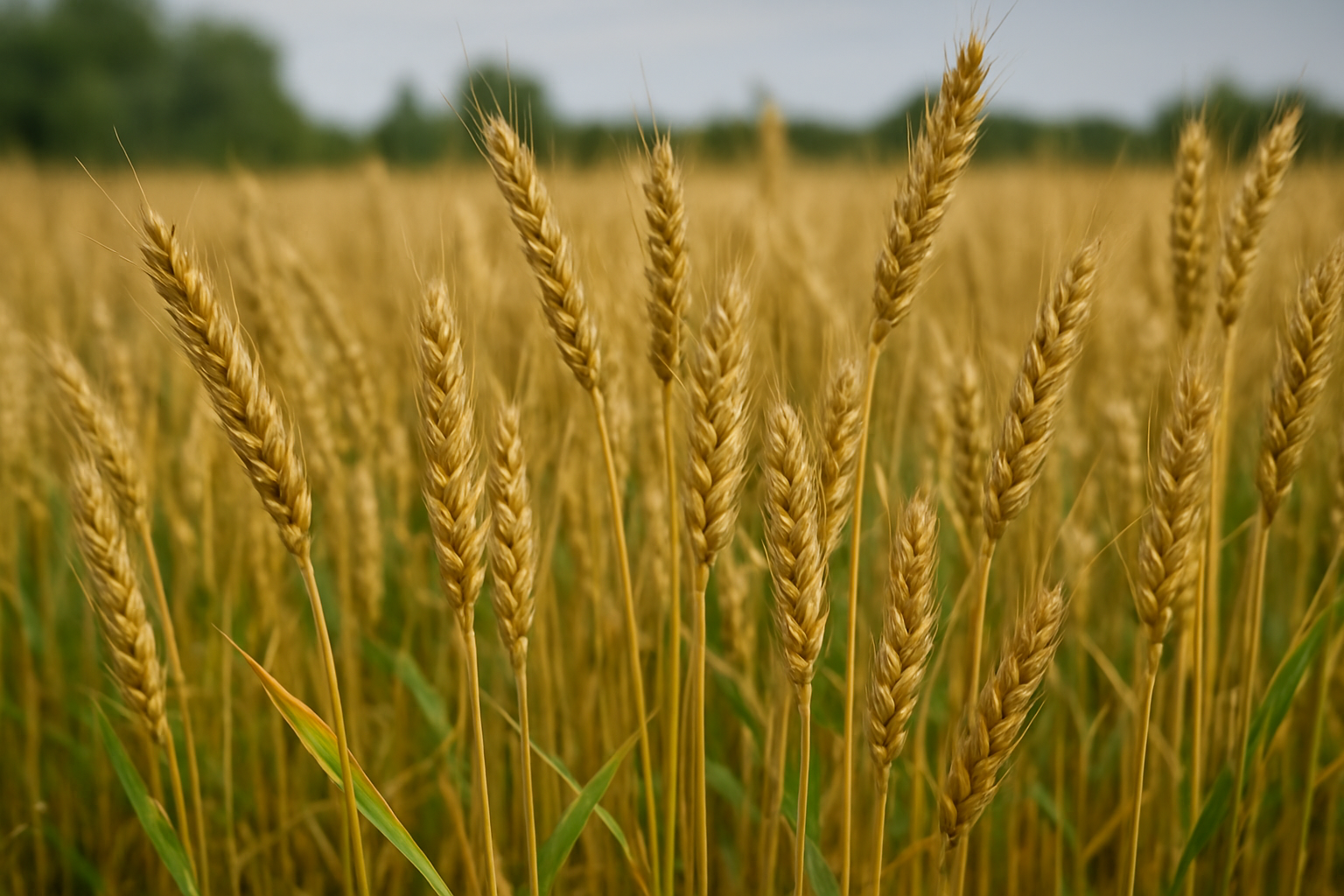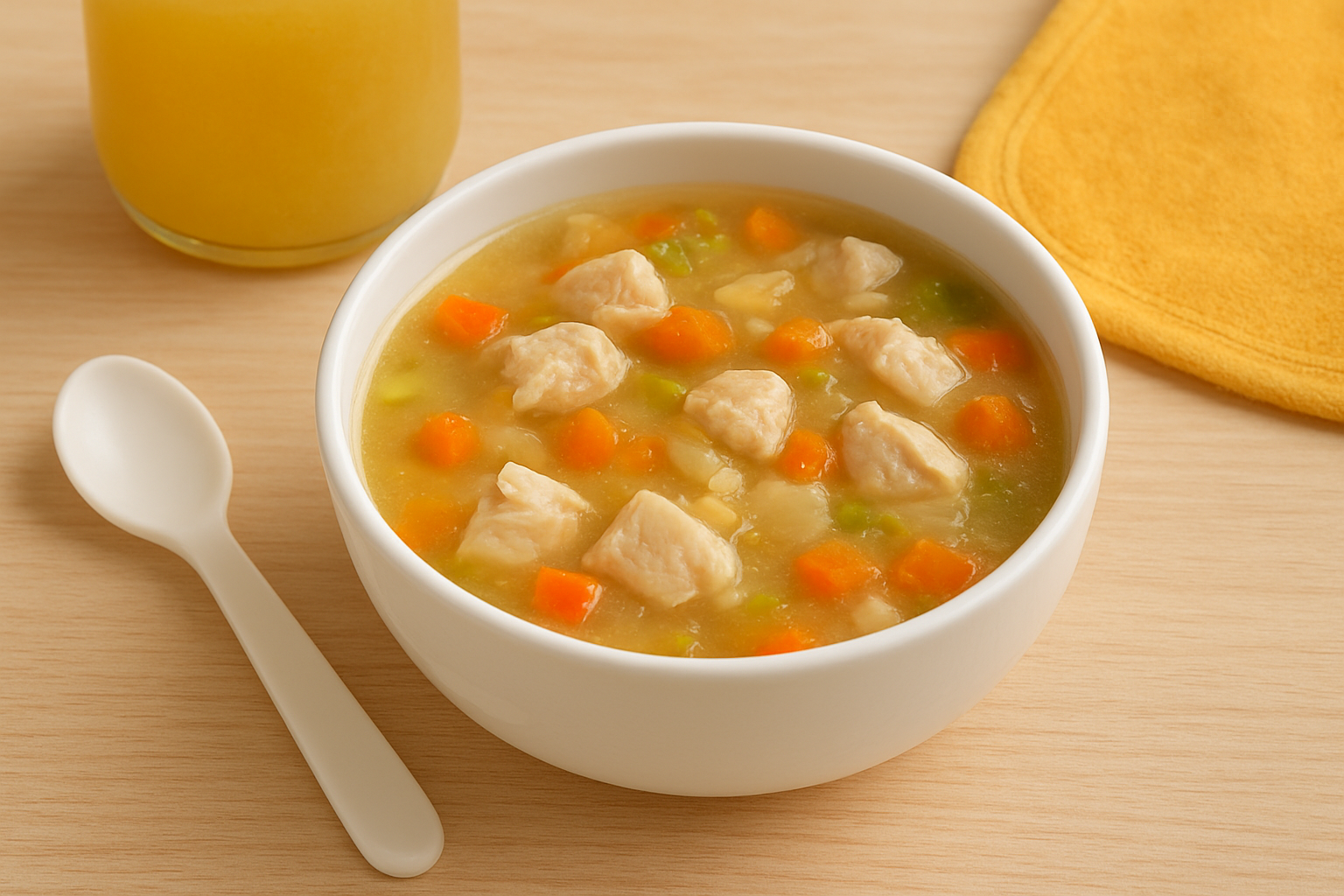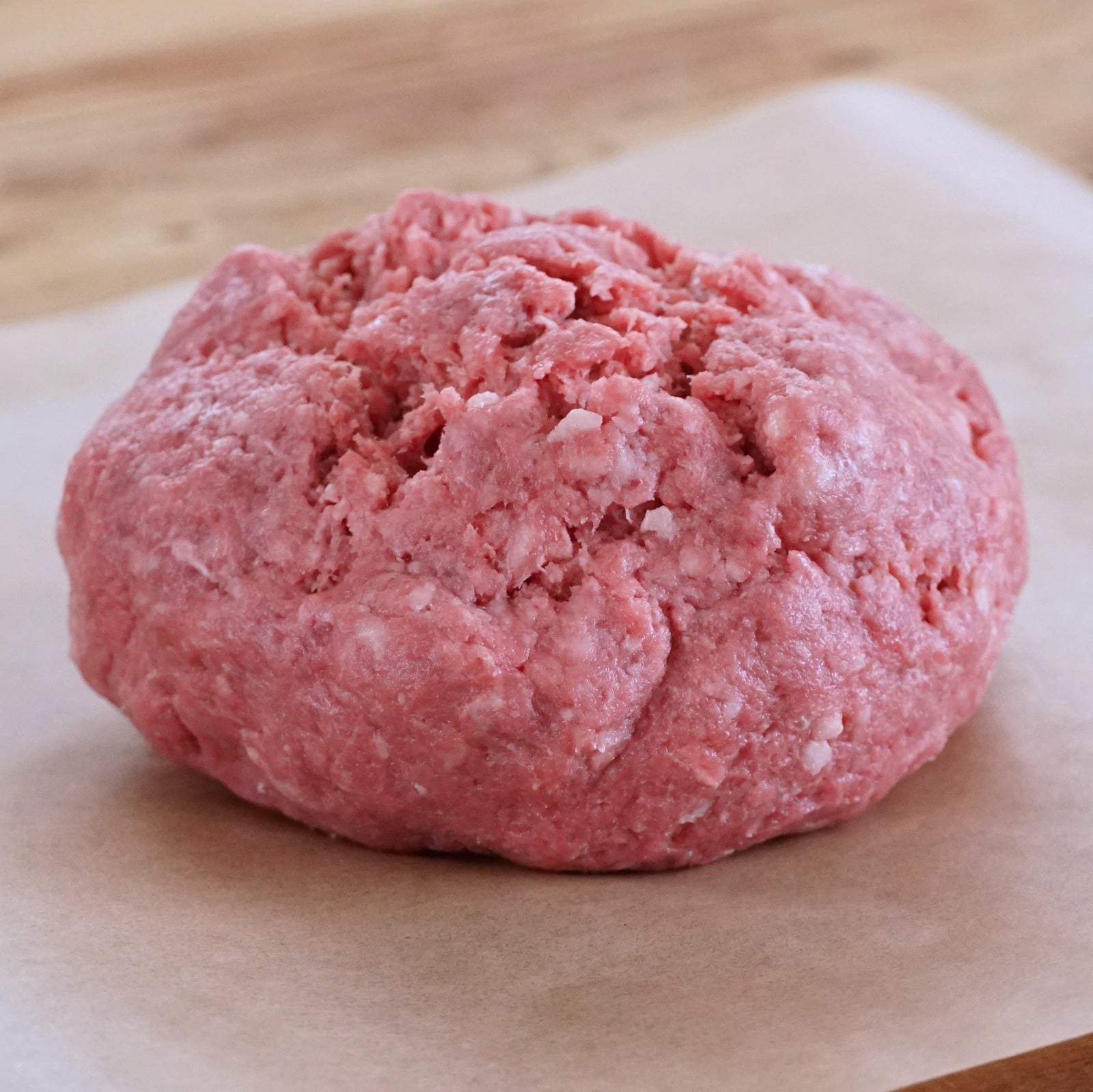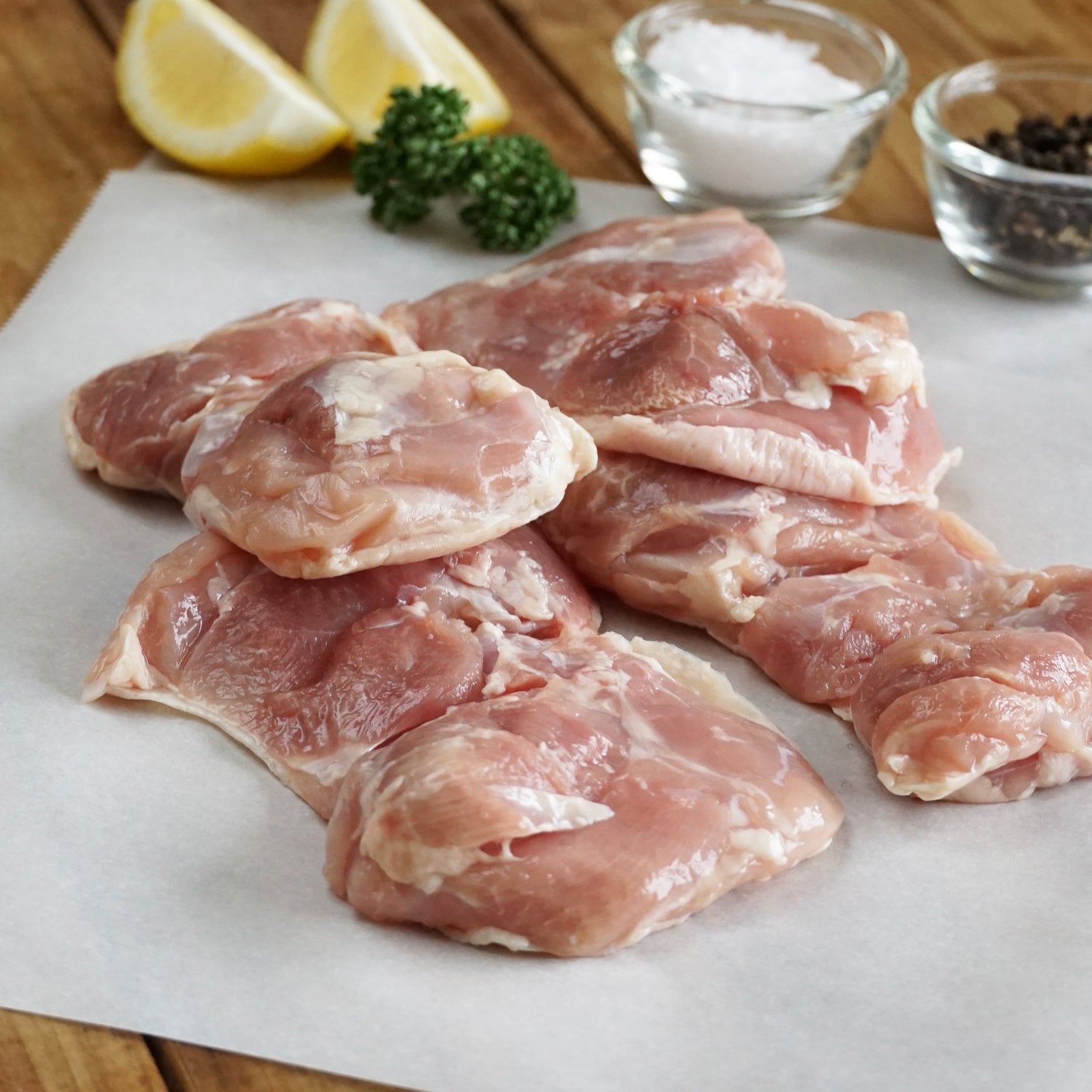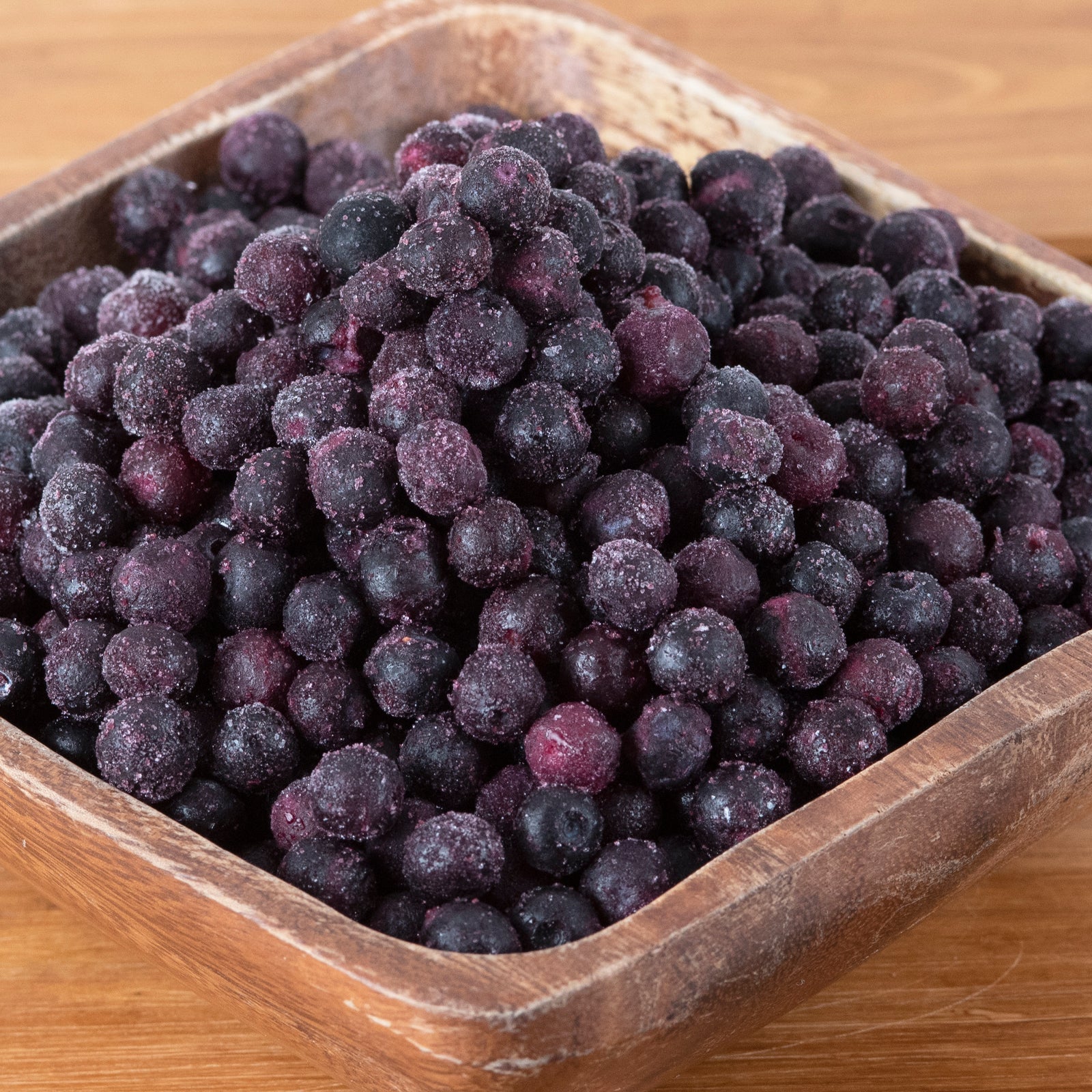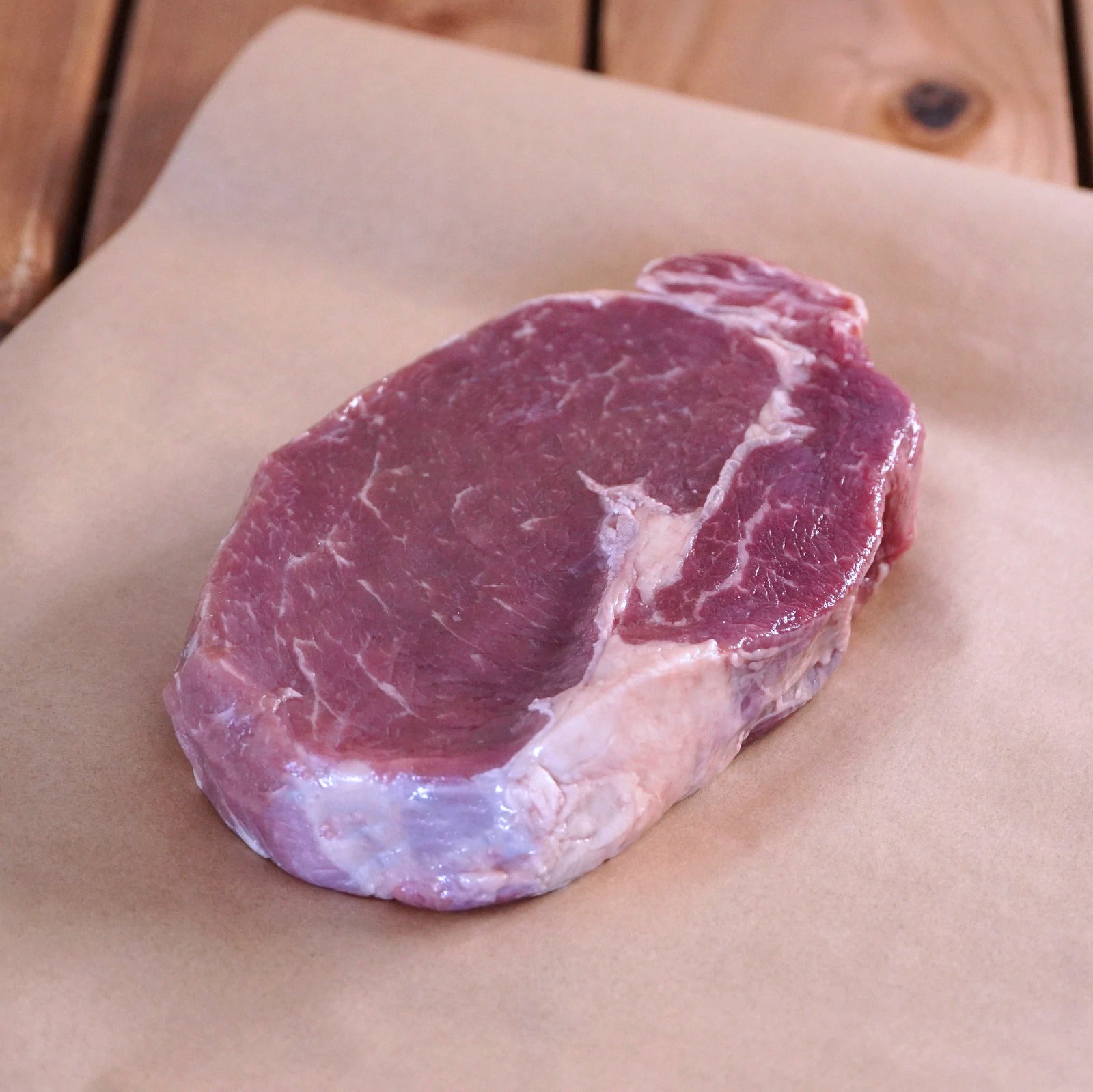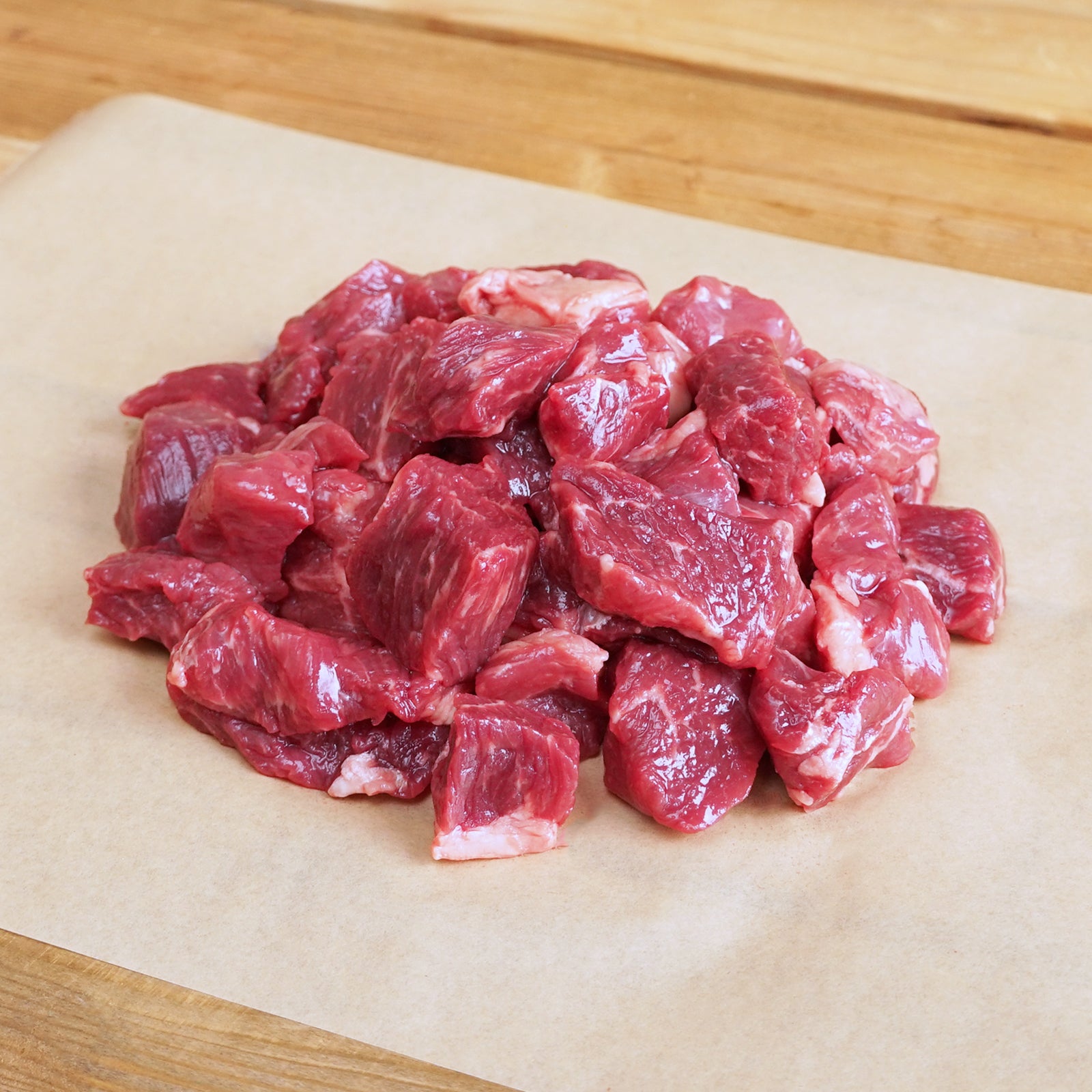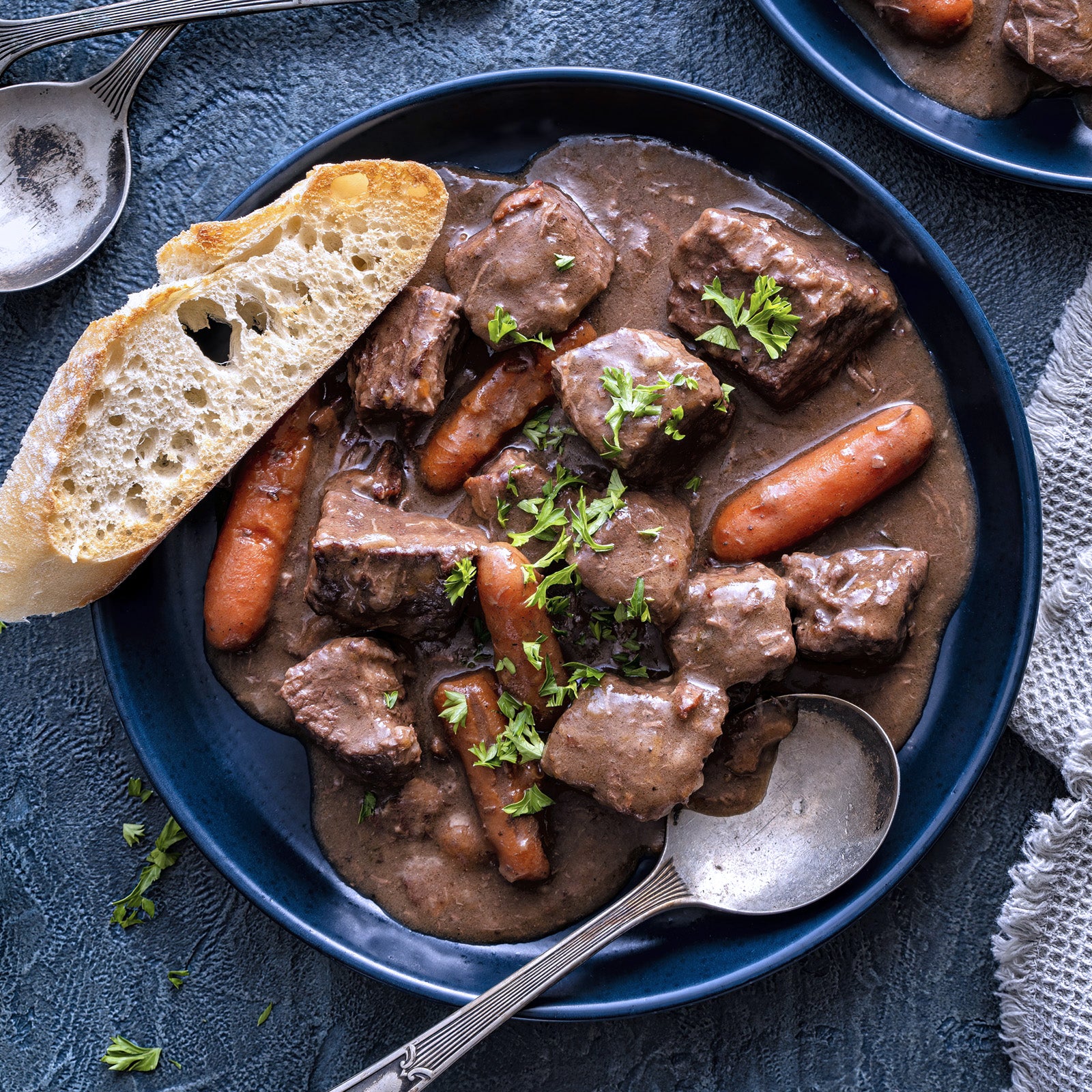Bone Broth Basics
Bone broth is typically made by simmering beef, pork, or chicken bones. Usually the bones have some meat on them to add flavor and nutrition, or vegetables mixed in for the same reasons.
Bones impart a great deal of flavor to the soup, as well as a variety of important nutrients. If you spend some time thinking about ramen, you can probably imagine the great flavors that can be achieved with bone broth. All around Japan there are countless ramen shops that craft their own specialized broths from pork or chicken bones and sell them to long lines of hungry customers.
SDGs and thoughts about food waste have also become widespread concerns in modern society. Since bones aren't edible, they often tend to just be thrown away after the meat is finished. However, thanks to the rich flavor and nutritional value provided by those same bones, this broth has become the perfect answer to some of the questions about sustainability and food waste. Where many would previously have thrown these bones in the garbage, many are now turning to bone broth as a way to get the most out of their food and their budget.
One more reason bone broth has come into the mainstream is the evolution in how we think about food. Problems like food allergies and additives are contributing more and more to consumer awareness when thinking about how we fuel our bodies. Our bodies can only use what we put in them to maintain our health, so it's important to know that what we consume is safe and healthy. With that in mind, nutritious bone broth offers a natural option to consider.
Health Benefits
Beef, pork, chicken, and other meats all have their own unique benefits when it comes to nutrients, but all of their bones provide abundant amounts of calcium, phosphorous, magnesium, and other minerals. Bone broth is also rich in amino acids and collagen. All of these essential nutrients diffuse into and enrich the broth as the bones are slow-simmered.
Improved gut health and balance of microbes in the digestive tract are thought to be some of the main benefits of bone broth consumption. Recent research is proving more and more that gut health is incredibly important to maintaining overall health. Not only healthy digestion, but also better skin and a boosted immune system. The nutrients we take in through our diet play a crucial role in maintaining this balance.
Additionally, the amino acids found in the broth provide the foundation for muscles, blood, hair growth, and skin cells. Calcium and phosphorous strengthen bones, and collagen is another nutrient that improves skin health as well as maintaining joints and tendons.
Risks to Be Aware Of
While bone broth is a fantastic tool to accomplish SDGs, reduce food waste, and strengthen our bodies, there are also a few things to be careful about.
The Danger of Excess
Too much of anything, good or bad, tends to have a harmful effect. Overconsumption of bone broth is no different. Some bone broth nutrients such as calcium can be detrimental to the body's health when the intake is too high.
If too much calcium is in the bloodstream, it can lead to gastrointestinal issues like loss of appetite, vomiting, or constipation. If this goes unchecked, symptoms could even worsen to the point of loss of consciousness or falling into a coma in extreme cases. Likewise with sodium and potassium, excess amounts can lead to health risks. Particularly those with kidney problems should be careful about the amount they consume.
Even with such indispensable nutrients, please remember that balance is key.
Cooking Precautions
With any food, it's important to consider the safety of the environment that the ingredients come from. For raising cattle, there are two main schools: grass-fed and grain-fed. Grass-fed cattle of course grows up eating grass and they stick to the same diet for their whole life. Grain-fed on the other hand are fed things like soybeans and corn after they have grown up on grass. Grain-fed rearing also tends to include the use of growth hormones and preventative antibiotics, whereas grass-fed methods usually don't. Because of the continuous administration of medicines, it can't be denied that grain-fed meat and the bones attached to it may accumulate these chemicals. In other words, those chemicals might be leaking into your broth if you choose to use grain-fed bones.
For safe and worry-free bone broth, confirming how the animals were raised is one critical factor to consider.
Preservation and Expiration
For homemade bone broth, we recommend refrigerating small amounts or freezing larger amounts. To refrigerate, let the broth cool, pour into a sealed container or bag, and it should last for up to 3 days in the fridge. For frozen broth, freezing in an ice cube tray is a great way to create convenient portions. Technically it can be stored for up to a year, but quality and flavor may decline due to freezer burn, so we recommend enjoying within a month.
Bone Broth Ingredients
In general, beef broth uses ox-tails, pork broth uses pork bones or feet, and chicken broth uses chicken wings. However, any cut or part of the body with bones will work just fine, and bone broth is certainly not limited to these 3 popular meats either.
Bones are the main ingredient, but oft-added helpers are onions, celery, garlic, ginger, carrots and other vegetables, as well as various herbs and spices. There are no hard and fast rules, so even scraps or peels can do the trick to create rich and complex flavors.
Making Healthy Choices
A good way to know that the ingredients you're using are safe and trustworthy is to look for products with the Certified JAS Organic label.
If organic goods are hard to come by in your area, consider checking out what we offer here at Horizon Farms. We sell a wide variety of bone broths, all of which are untainted by growth hormones, antibiotics, or other unnatural nasties. If you'd like to take a look for yourself, you can find them at this link.
Make Your Own
Beef Bone Broth
1. Place beef bones in a pot and add water until submerged.
2. Turn on heat and simmer for 5-10 minutes after reaching a boil.
3. If any scum floats to the surface, lower heat and carefully scoop out.
4. Periodically remove the residue from the surface as you simmer 1-2 hours (2-4 hours is better if time allows).
5. Remove the bones and strain the broth through a fine mesh colander. Dispose of the used bones.
Chicken Bone and Vegetable Broth
1. Place chicken bones and vegetables in a pot and add water until submerged.
2. Turn on heat and simmer for 5-10 minutes after reaching a boil.
3. If any scum floats to the surface, lower heat and carefully scoop out.
4. Periodically remove the residue from the surface as you simmer for 1-2 hours (2-4 hours is better if time allows).
5. Remove the bones and vegetables, and strain the broth through a fine mesh colander. The vegetables and any bones with meat can be enjoyed as a delicious meal.
A More Convenient Bone Broth
Since preparing bone broth from scratch takes so much time, alternatives using powder, paste, and the like have gained popularity. We at Horizon Farms offer certified organic 100% grass-fed, gluten-free bone broth powder, stock, and paste. If you'd like, feel free to check out our Bone Broth Collection.
Fun Recipes to Try
Bone Broth Top Up
This extremely simple recipe just requires a touch of salt and some of your preferred herbs. We recommend a bit of dry parsley and basil for color.
Bone Broth Risotto
Bone broth can also be used as a seasoning. Try deepening the flavor of your favorite stir-fry, curry, or stew. It can even be effective as a sauce base or a foundation that elevates a dish's main flavors. One dish that lends itself well to this technique is risotto.
Preparation:
1. Heat up the necessary amount of bone broth.
2. Add in your favorite vegetables and rice.
3. Simmer for a short time and add to a bowl.
Even frozen rice can work for this. Add in salt to taste and top with parmesan cheese. By adding in egg, you can really balance out the nutritional value.
Conclusion - Make the Most of Bone Broth
Bone broth is produced by simmering animal bones for an extended period. It is abundant in flavor and packed with essential nutrients. By adding it to your diet, you can expect not only delicious flavor, but a great wealth of health benefits. This being said, it's important to self-regulate so that overindulgence doesn't cause any health issues.
Horizon Farms offers bone broth powders and stocks from free-range, grass-fed beef, raised without growth hormones, antibiotics, or other nasties. Enjoy some today and take full advantage of this delicious, nutritious, clean and safe soup.
Disclaimer: Please note that while our explanations are correct, they are simplified for shortness and understanding. We encourage you to do further research on the topic.



